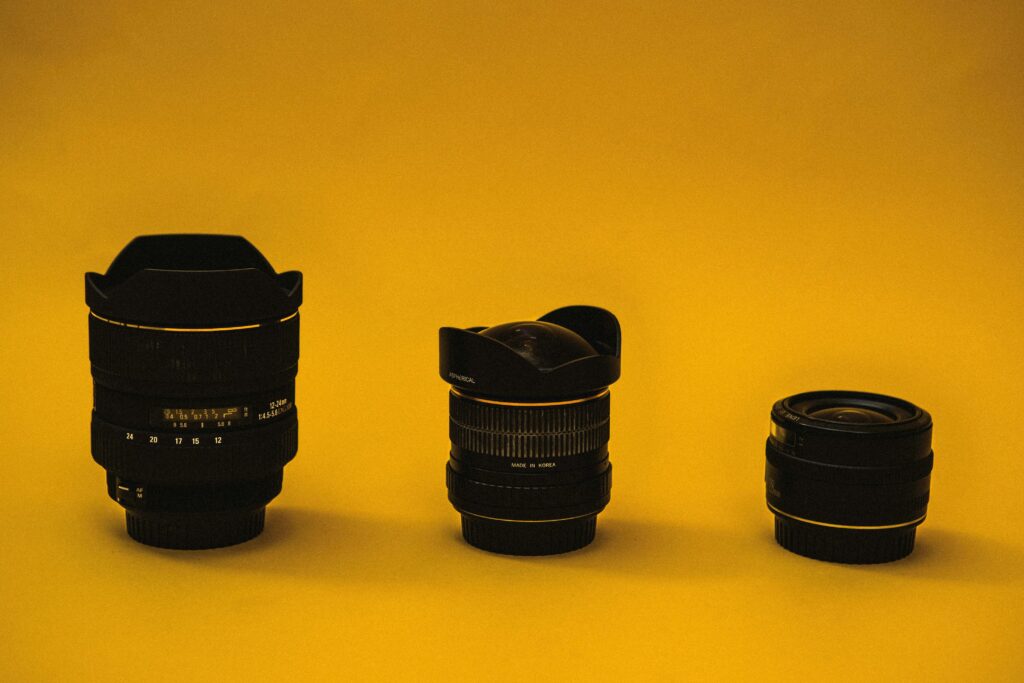Top 5 Lenses for Wildlife

Best Lens
When it comes to wildlife photography, your lens matters more than your camera. The right lens lets you keep your distance, stay safe, and still capture intimate, detailed moments — without disturbing the animals. Whether you’re just starting out or ready to invest, here are five lenses that consistently perform well in the field.
1. 100–400mm f/4.5–5.6 (Canon, Nikon, Sony)
2. 200–600mm f/5.6–6.3 (Sony)
3. 70–200mm f/2.8 (All major brands)
4. 300mm or 400mm Prime (f/2.8 or f/4)
5. 18–300mm or 150–600mm (Budget Zooms – Tamron, Sigma)
Things to Consider
There’s no perfect lens for every situation — just the right one for your style, your subject, and your story. Start with what you can carry comfortably, and upgrade when you know exactly what you need more of: reach, light, or sharpness.
1. 100–400mm f/4.5–5.6 (Canon, Nikon, Sony)
- A great all-rounder for safari, birding, or hiking.
- Lightweight enough to carry, powerful enough for reach.
- Sharp across the range, with fast autofocus.
- Perfect balance of flexibility, performance, and price.
2. 200–600mm f/5.6–6.3 (Sony)
- Incredible reach for shy or distant subjects.
- Internal zoom (lens doesn’t extend) — great for balance and dust protection.
- Ideal for birds, large mammals, and open landscapes.
- Surprisingly sharp and affordable for a super-telephoto.
3. 70–200mm f/2.8 (All major brands)
- Shorter range, but excellent in low light and fast-moving situations.
- Superb for handheld shooting, wildlife in forests, or closer encounters.
- Often used for wildlife + landscape context shots.
- Also great for portraits, making it a versatile travel lens.
4. 300mm or 400mm Prime (f/2.8 or f/4)
- Exceptional image quality and subject isolation.
- Fast apertures help in early morning or golden hour light.
- Heavier and more expensive — best for dedicated wildlife photographers.
- Often used with teleconverters for added reach.
5. 18–300mm or 150–600mm (Budget Zooms – Tamron, Sigma)
- Affordable entry points with big range.
- Great for beginners or casual wildlife travelers.
- Softer at the extremes, but excellent value.
- Good backup lens or one-lens solution for travel.
Things to Consider
- Weight and size — especially if hiking or flying often.
- Weather-sealing for harsh climates.
- Lens compatibility with your camera brand and sensor size (APS-C vs full frame).
- Image stabilization can help for handheld shots at long focal lengths.
There’s no perfect lens for every situation — just the right one for your style, your subject, and your story. Start with what you can carry comfortably, and upgrade when you know exactly what you need more of: reach, light, or sharpness.
